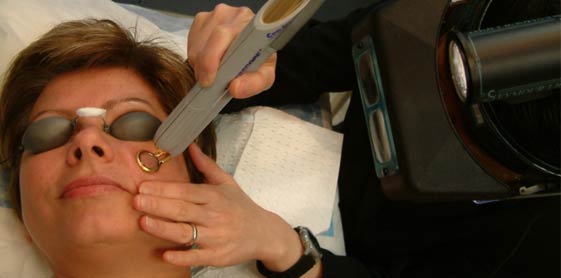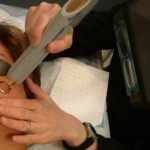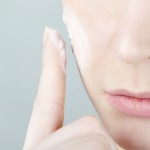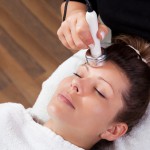Though it’s recognisable by a chronic rash that produces redness on central parts of the face, rosacea is a mysterious skin condition. And although there are plenty of treatment options to successfully manage rosacea, it has no known cure. Here, we’ll examine what the possible causes of rosacea are and how they develop into this conspicuous blushing skin condition.
Put simply, rosacea is a non-contagious inflammation of the skin characterised by blushing, bumps and sensitivity. Research has led to several theories as to what causes rosacea, including inflammatory, vascular and environmental influences, factors and reasons.
Defects in the skin’s innate immune system increasingly appear to be linked to rosacea. The innate immune system is made up of cells and molecules that offer defence against bacteria, viruses and pathogens. Cathelicidins are anti-microbial molecules that eliminate these bacteria and microbes as part of the skin’s natural defence mechanism. Cathelicidins activate neutrophils, a type of white blood cells that combat bacterial infection. This complex process means cathelicidins may also cause bumps and pimples, as well as vascular effects – blushing and visible blood vessels, known as telangiectasia. These conditions are known characteristics of rosacea. As inflammation is an integral part of the immune system’s defence function, it has been identified as a potential cause of the signs and symptoms of rosacea. Cathelicidins are also linked to rosacea flare-ups, prompted by other factors including heat, sun exposure and demodex mites and microbes.
Demodex folliculorum – hair follicle mites – are primarily found on the face and although they are found on everyone’s skin, research has revealed that an increased number are present in people who have rosacea, appearing in rosacea papules and pustules. There is much debate about what this greater presence means but evidence seems to support the notion that more demodex mites and microbes can trigger an immune response or inflammation seen in those with rosacea.
Environmental and lifestyle factors also play a role in causing rosacea flare-ups. Factors include ultraviolet light exposure, stress, weather conditions, exercise, alcohol consumption, spicy foods, drugs, medical conditions and skin-care products. Due to the sheer number of possibilities that lead to the development of rosacea, if symptoms occur and persist, it’s best to seek professional advice from a Sydney Dermatology Group skin specialist. With diagnosis, a dermatologist at any one of the three Sydney Dermatology Group clinics can determine, from a range of effective treatment options, which is best to clear and improve the appearance of rosacea condition.







